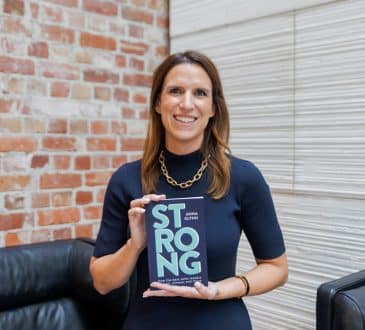How to Reduce Risk in the Upcoming Business Year

For business owners, every new year has its own problems and risks involved. Yet, with the help of emergency management software and solutions, emergencies and health crises shouldn’t leave us unprepared. The following are some ways you can reduce risk in 2022 and prepare your business or healthcare organization in the event of emergencies.
1. Mass Notification Systems
In the event of an emergency or health crisis, it is essential to provide quick and effective communication to those who may be affected. One way to do this is through a mass notification system that can send critical information through text, fax, or e-mail. The notification system is secure and provides customizable public-facing pages. It can also deliver Public Health Information Network messages to keep you informed during a national crisis.
2. Volunteer Management Systems
Part of emergency preparedness is being ready to partake in the solution. A volunteer management system supports a quick, streamlined, and convenient way to enlist volunteer support and keep track of each volunteer’s qualifications and training, if any are needed. Some volunteer management systems can also identify where volunteers are deployed, as well as housing accommodations, expenses, etc. This provides you with a comprehensive platform to manage and track a volunteer’s status.
3. Incident Management Systems
An incident management system supports a comprehensive and adjustable system to respond to incidents by streamlining communication and automating workflows. You can also use it to manage compliance and accreditation; the system supports proper documentation and creates a log of communications throughout the incident response effort. Companies like Juvare provide a one-stop shop of incident management, so there’s no reason to be caught unprepared.
4. Supply Chain Management Solutions
If your business is in the healthcare industry, a supply chain management solution can help you manage the flow of medical supplies — and create workflows in the case of emergencies. To support medical inventory management, this solution streamlines the inventory process and also includes Medical Countermeasures (MCM) and Strategic National Stockpile (SNS) operations.
5. Healthcare Emergency Resource Management System
In the case of an emergency, first responders and healthcare providers must be aware of available resources. For example, in the case of a health crisis, a Healthcare Emergency Resource Management System can be used to identify what hospitals are best equipped to take care of the patients. This heightens the ability to make informed decisions that best support public health and individual’s lives. It also heightens communication as it can be used to transmit important information and notify those involved. By providing live updates on hospital equipment and service availability, this system offers a smarter path to resource management.
6. Return-to-Work Solution
If your company is looking for an easy way to manage the return of employees to the workplace, a return-to-work solution can help. With this solution you can easily monitor individuals with COVID-19 as well as mark facilities as open, closed, exposed, and more. It also offers employee check-ins, facility status tracking, and pre-configured workflows to make the return to work more manageable.
Invest in Preparedness
Each year offers new challenges, but this year you can prepare for them with incident management solutions that are tailored to your unique needs. By choosing a set of responsive software solutions, you can enhance efficiency, communication, and care for those who need it.
Add CEOWORLD magazine to your Google News feed.
Follow CEOWORLD magazine headlines on: Google News, LinkedIn, Twitter, and Facebook.
This report/news/ranking/statistics has been prepared only for general guidance on matters of interest and does not constitute professional advice. You should not act upon the information contained in this publication without obtaining specific professional advice. No representation or warranty (express or implied) is given as to the accuracy or completeness of the information contained in this publication, and, to the extent permitted by law, CEOWORLD magazine does not accept or assume any liability, responsibility or duty of care for any consequences of you or anyone else acting, or refraining to act, in reliance on the information contained in this publication or for any decision based on it.
Copyright 2024 The CEOWORLD magazine. All rights reserved. This material (and any extract from it) must not be copied, redistributed or placed on any website, without CEOWORLD magazine' prior written consent. For media queries, please contact: info@ceoworld.biz
SUBSCRIBE NEWSLETTER








